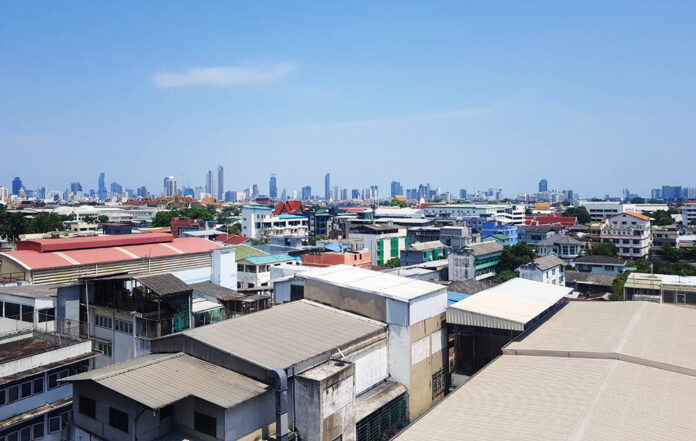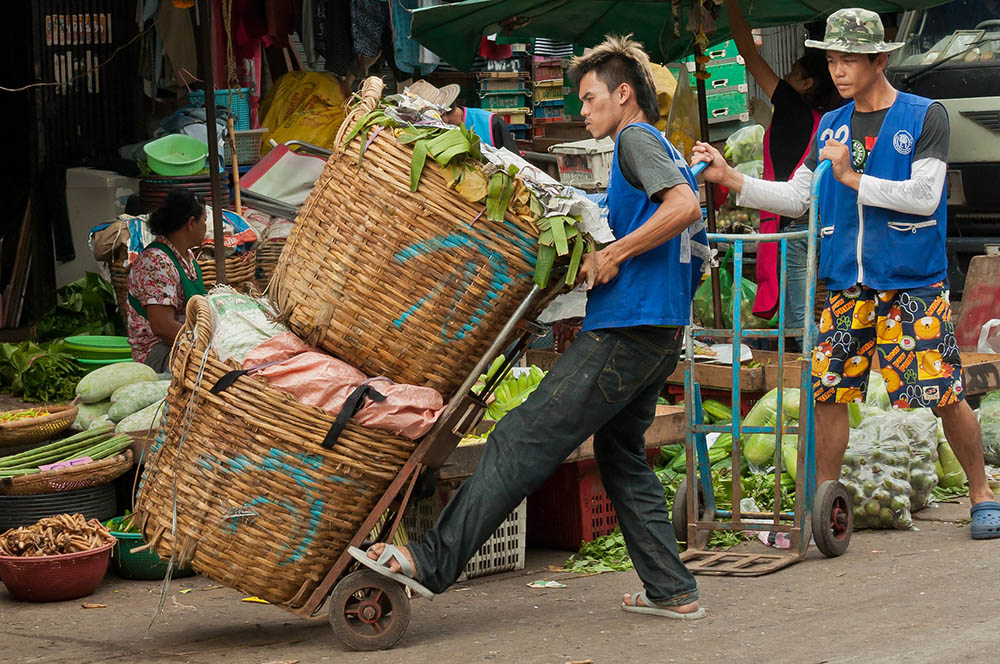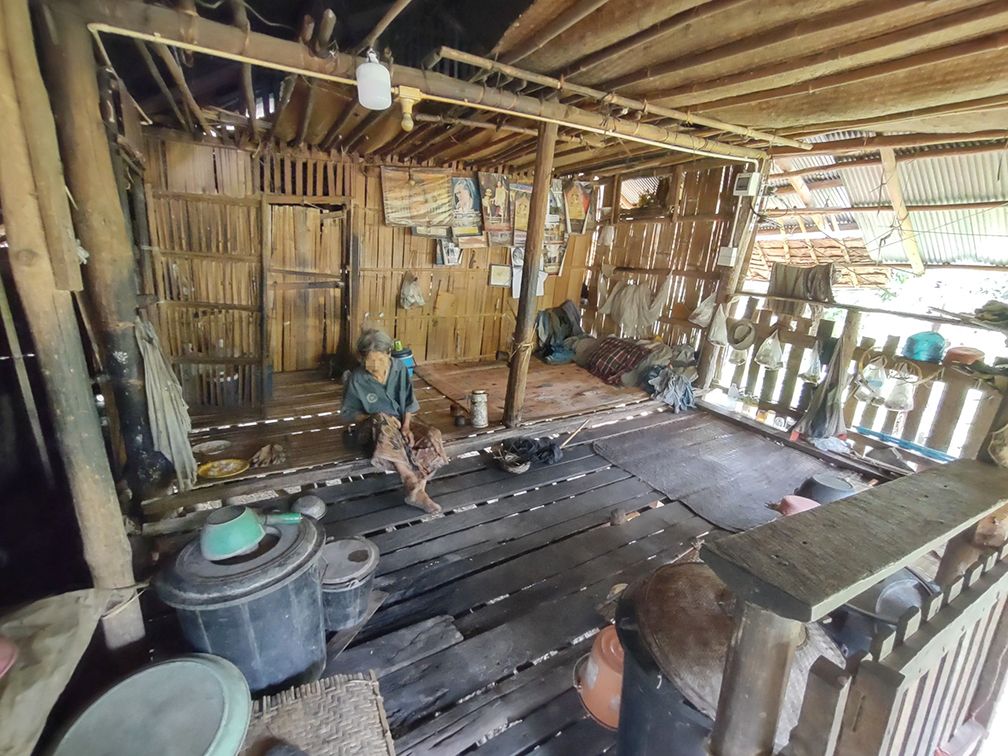
Although it is still unclear what Thailand’s new government will look like, two months have passed since the May 14 election, and economic tasks await solutions, especially for income inequality.
Kobsak Pootrakool, chairman of the Federation of Thai Capital Market Organizations (FETCO), analyzed the economic situation in Thailand and made recommendations to the new government.
He explained that income inequality has been a major problem in the country for the past 25 years. Income inequality between the top 20 percent of income earners and the bottom 20 percent has grown 10-fold.

Kobsak’s information coincides with a World Bank report titled “Rural Thailand Faces the Largest Poverty Challenges with High Income Inequality” released on October 21, 2022. According to the report, Thailand has the highest income inequality in East Asia, and rural households are particularly affected by poverty challenges.
Another reflection came from Forbes, an American leading business magazine website, which published on July 5 a ranking of 50 of Thailand’s wealthiest businesspeople in 2023. This year, the Chearavanont brothers are on top of the tycoons with a net worth of $34 billion, while the combined wealth of all the richest rose by almost 15% to $173 billion.
Forbes stated that ballooning household debt, which reached 87% of GDP in the fourth quarter of 2022, remains a worry. Thailand also has one of the highest household debt to GDP ratios in Asia (third after South Korea and Hong Kong), according to Bank for International Settlements data.

Kobsak provided data that based on historical records from 10 years ago, more than 80 percent of the land in Thailand belonged to wealthy individuals, while only about 0.25 percent was in the hands of the poor, a staggering difference of about 300 times.
The proportion of deposit accounts with balances of 10 million baht or more is nearly 200,000 accounts out of a total of 110 million accounts in the banking system. However, this group of individuals holds an amount equivalent to half of Thailand’s total bank deposits. Together with the group of individuals with deposits of 1 million baht or more, the total number of accounts reaches 1 million, representing over 70 percent of total bank deposits.

There is also the problem of the Thai capital market, which can be called the “graveyard of small investors” because attempts to bring a large number of small investors to the market sometimes do not provide sufficient protection. As a result, many inexperienced investors suffer losses, and their investment accounts end up completely empty.
“The downside of the speculative capital system is the emergence of a ‘big fish eats little fish’ trading mentality, which leads to various consequential problems. So if we do not change something from today, it will be difficult for us to coexist in the next 20 years. So we need to focus on sustainable development,” said Kobsak.

The current problems are as follows: 1. The problem of external debt. 2. The problem of an overly dominant central system that exerts excessive control over various sectors. 3. The lack of knowledge and innovation.
The solutions are as follows: 1. Promote strong and capable leaders. 2. Empower community groups to have more bargaining power. 3. Encourage private sector participation in community support in return for tax breaks. 4. The government needs to reduce restrictions in various regulations.
The new government must drive the strengthening of the country from the grassroots to the top, because focusing on the top alone will no longer drive the economy as much. Therefore, we need to understand and support communities and help SMEs (small and medium enterprises) to grow together. This can be achieved through various collaborative projects involving the private sector, financial institutions and the capital market.
_______
Related news:















































